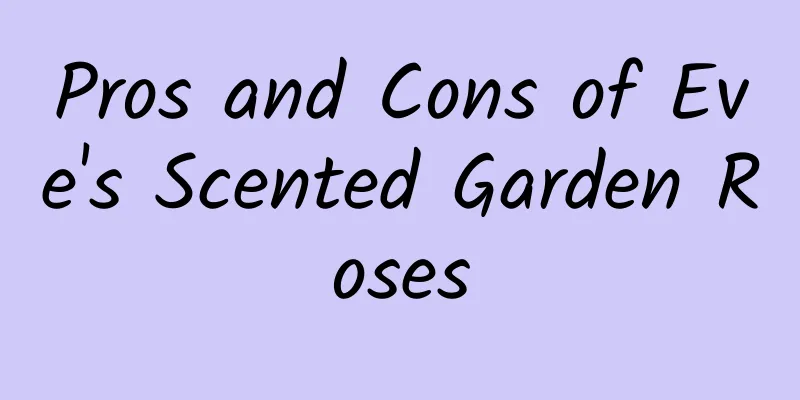How to grow Phalaenopsis in pots

1. Breeding environment1. Soil: Choose loose soil with moss and aquatic plants as the main medium. You can also use bark, charcoal, etc. 2. Light: Phalaenopsis is a plant that likes shade. Summer is its peak growth period. When the sunlight is too strong, it must be shaded to avoid the leaves being burned. The shading material can be removed after October. 3. Temperature: The suitable growth temperature for Phalaenopsis is 18-28℃. In summer, the plant should be placed in a cool and ventilated place to help it survive the summer. In winter, the indoor temperature is sometimes below 10℃, which is not conducive to growth, so move it to a warmer place for growth. 4. Water: Do not splash water on the leaves when watering, otherwise it will cause leaf rot and other phenomena. In spring and summer, water once a day and spray 2-3 times appropriately. In autumn and winter, reduce the amount of watering and watering can be controlled to once every 2-5 days. 5. Fertilization: You can choose potassium dihydrogen phosphate or special fertilizer for orchids. The fertilizer concentration is about 0.1%-0.2%. 2. Breeding Methods1. Pedicel germination method: first cut off the flowers, use a sterilized blade to remove the bracts on the upper end of the pedicel to expose the internode buds; use a cotton swab or sponge to apply germination agents or other hormones on the buds; place the treated plants in a semi-shaded place, maintain the optimal temperature of 25-28°C, grow new leaves after 2-3 weeks, and grow into Phalaenopsis seedlings after 3 months; cut the seedlings and transplant them into pots. 2. Heart-breaking germination method: first cut off the highest heart leaf at the top to destroy the growth point on the stem tip; after the wound is dried, choose a suitable disinfectant to apply to the node, and new buds will grow after 2-3 weeks; finally, after the new buds grow up, cut the growing seedlings and plant them, and you can get a new plant. 3. Pests and diseases1. Anthracnose: It may be caused by lack of ventilation, so it should be placed in a cool and ventilated place for growth, and sprayed with Bordeaux liquid for disinfection. 2. Gray mold: The disease and spots may occur due to moisture. Pay attention to keeping the plant's growth environment dry during cultivation. |
<<: How to fertilize potted jasmine
>>: How to deal with Phalaenopsis after flowering
Recommend
How to divide the yellow crane orchid
Time for division propagation It is generally sui...
How to grow ash wood into an old pile
1. Plenty of sunlight If you want to grow the ash...
Can Ficus Ginseng be hydroponically cultivated?
Can Ficus Ginseng be hydroponically cultivated? G...
Which month is best to plant potatoes?
The ideal temperature for potato growth is betwee...
The advantages and disadvantages of Cream Lonza Gem Rose
Creamy Eden is a miniature rose bred by foreign g...
Tomato seedling raising time and method
Tomato is a vegetable and also a fruit . It can b...
Why doesn't African jasmine bloom?
Lack of light African jasmine likes sunlight, but...
Cultivation methods and precautions of yellow horn orchid
1. Breeding methods 1. Pot soil selection If it i...
How to treat yellow leaves of mulberry peony
1. Supplement sunlight It cannot tolerate shade. ...
How to Plant Coriander Seeds
Coriander Seeds Introduction Coriander will bloom...
Can the banyan tree be cut and transplanted? How to transplant the cut branches?
Can the banyan tree be cut and transplanted? Bany...
Is cockscomb poisonous?
1. Is it toxic? It is an annual herb that is not ...
How to transplant elm bonsai
Selection of varieties and bonsai pots Generally ...
When to harvest beets
Beet harvest time In the first year after beet pl...
What are the varieties of grape hyacinth?
1. Purple Grape Hyacinth Purple grape hyacinth is...









